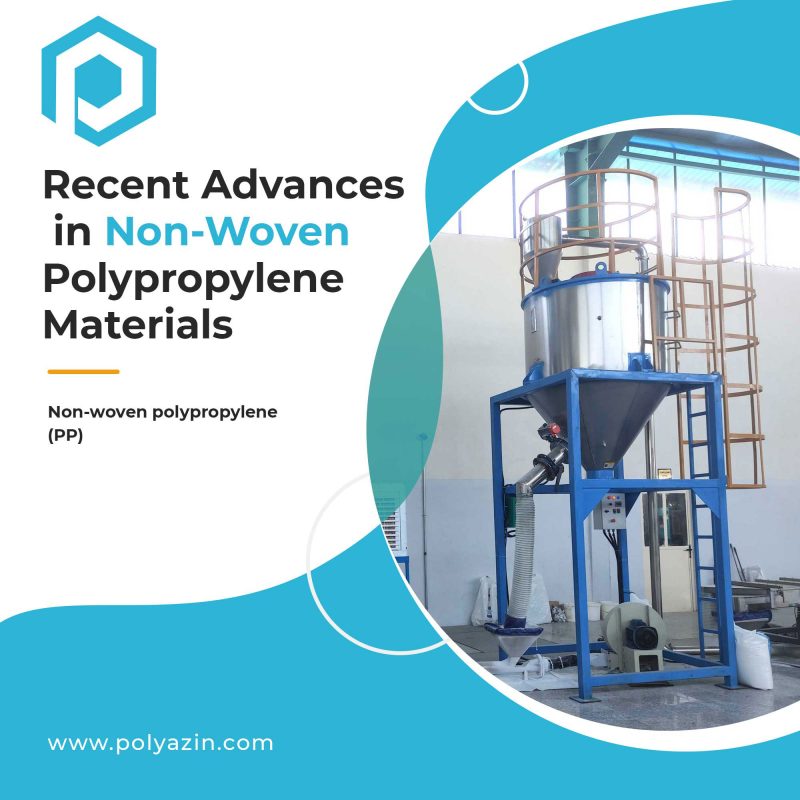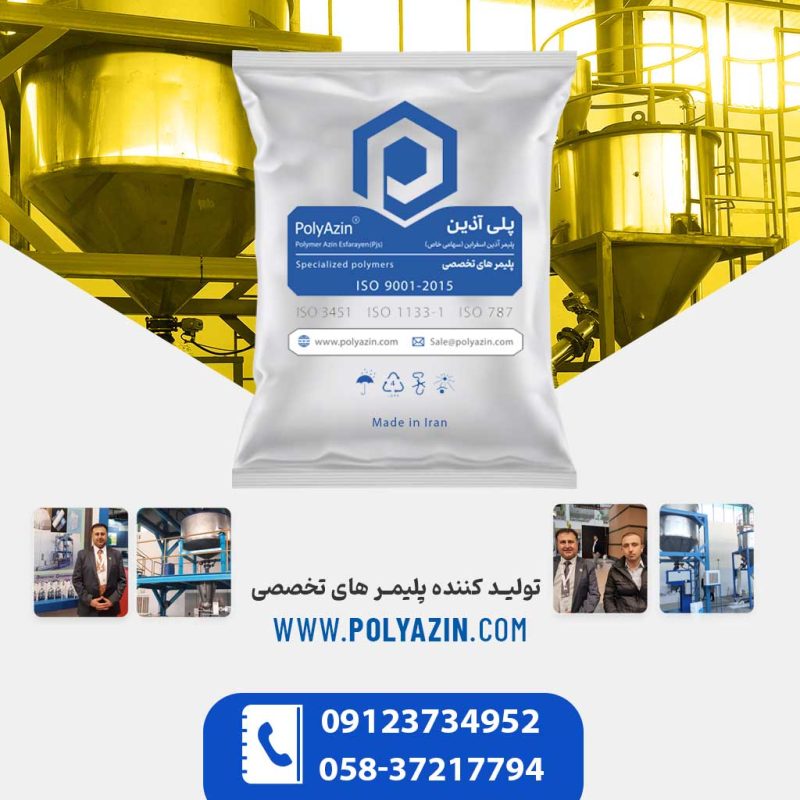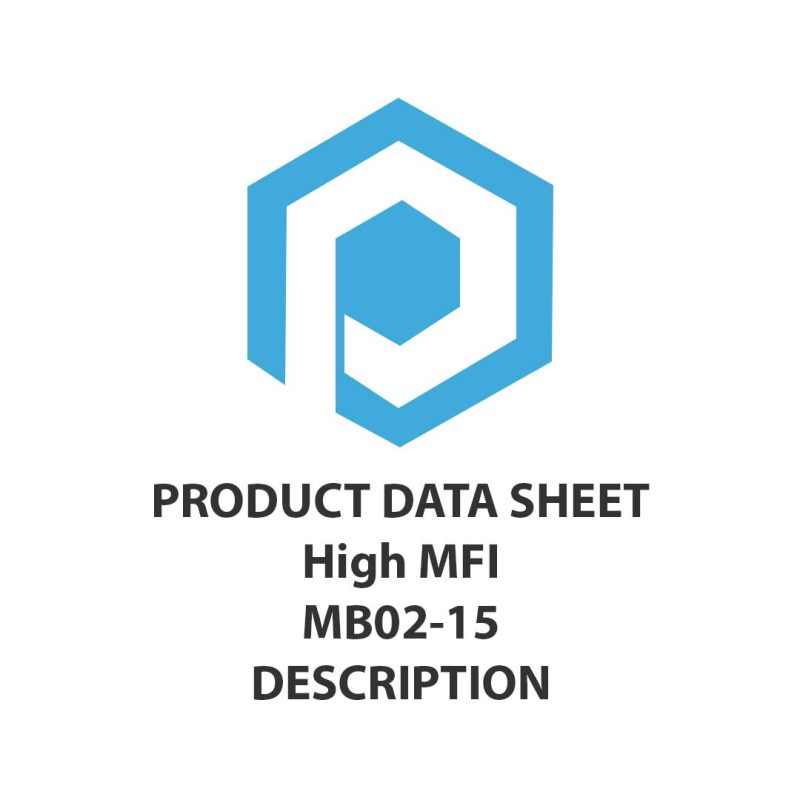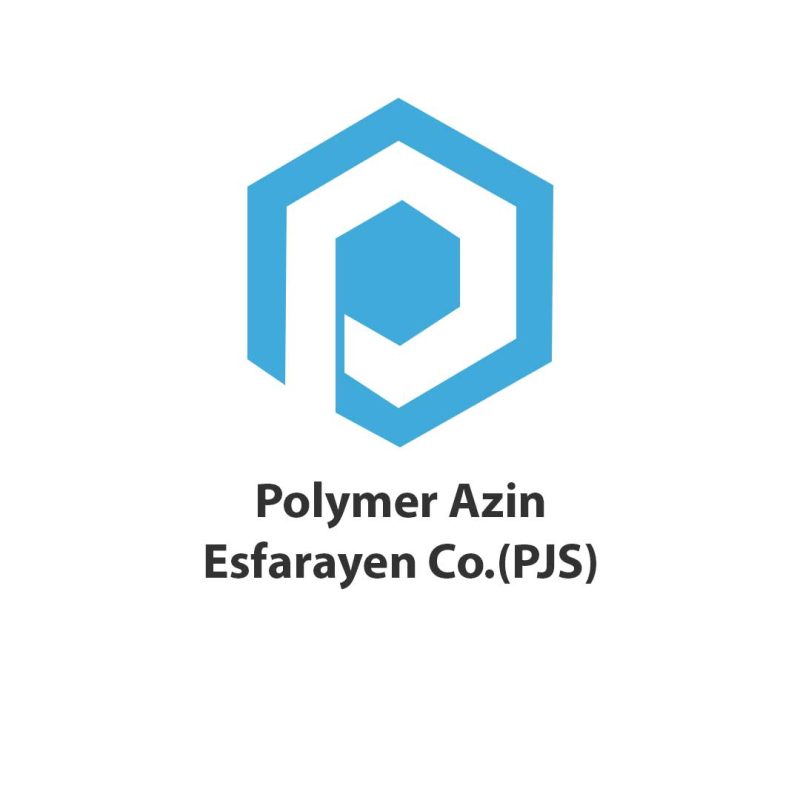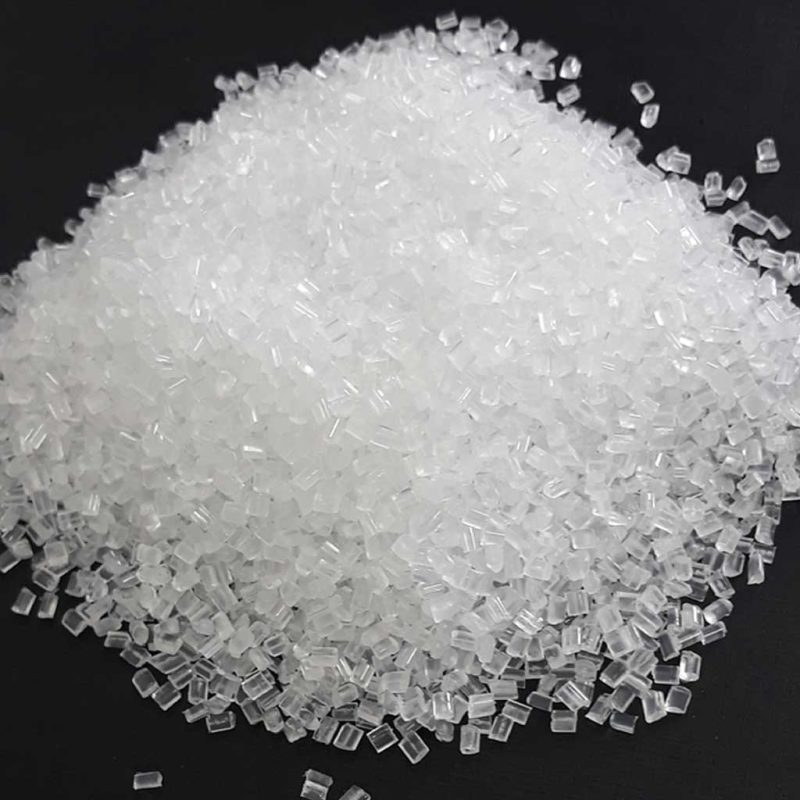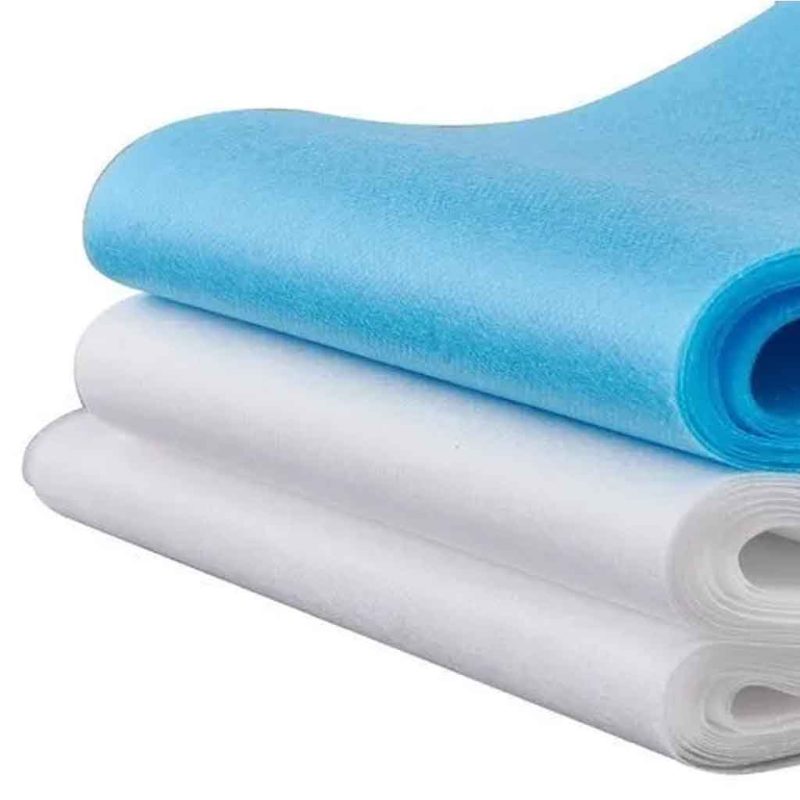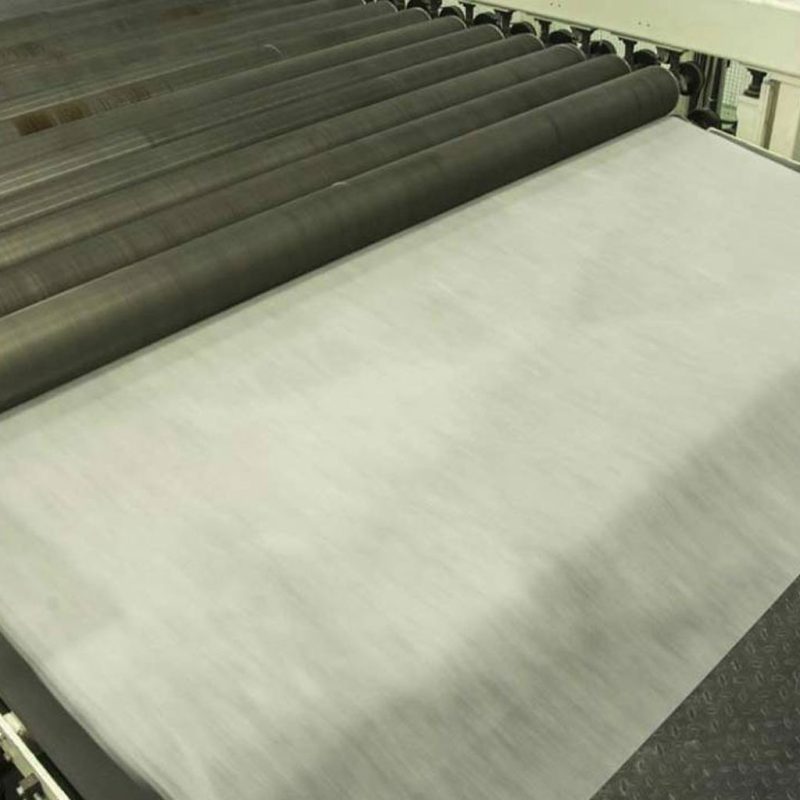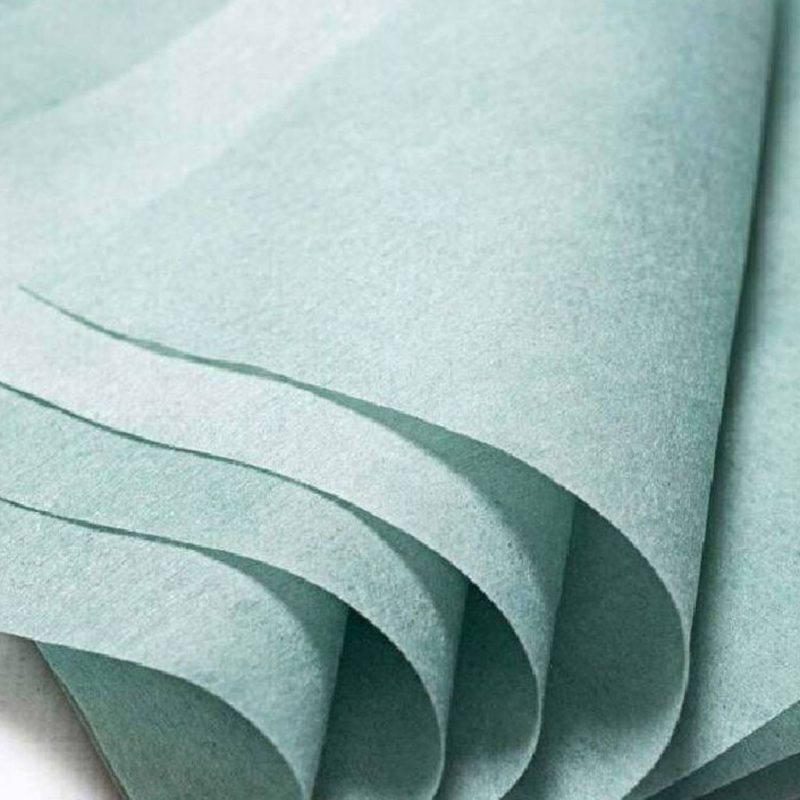Abstract:
Hydrophilic non-woven polypropylene is a type of synthetic polymer that is
treated to be water-absorbing or water-attracting. This material has unique properties that make it ideal for use in various applications, particularly in
the medical and personal care sectors. In this article, we will explore the properties, manufacturing techniques, and applications of hydrophilic nonwoven polypropylene.
Introduction:
Hydrophilic non-woven polypropylene is a type of non-woven material that has been treated to attract and absorb water or other liquids.
The hydrophilic treatment improves the wettability of the material, allowing it to quickly absorb and distribute fluids evenly throughout the material. This
property is particularly important for medical and personal care products, as it helps to keep the skin dry and prevent the growth of bacteria and fungi.
Properties of Hydrophilic Non-Woven Polypropylene: The properties of hydrophilic non-woven polypropylene depend on various
factors such as the manufacturing process, basis weight, and hydrophilic treatment. The material has high absorbency and wicking capacity, which
allows it to quickly absorb and distribute fluids. It also has good flexibility, durability, and strength, making it suitable for use in various applications.
Manufacturing Techniques:
Hydrophilic non-woven polypropylene can be manufactured using various techniques, including melt-blown, spun-bond, and needle-punched
processes. The hydrophilic treatment is typically applied to the surface of the material using a variety of methods, including spray coating, dip coating, and vapor deposition. The manufacturing process and the type of hydrophilic treatment used can affect the properties of the material, such as
the absorbency and wicking capacity.
Applications:
Hydrophilic non-woven polypropylene is widely used in the medical and personal care sectors for the manufacture of products such as wound
dressings, diapers, feminine hygiene products, and incontinence products. Its high absorbency and wicking capacity make it ideal for use in these
applications, as it helps to keep the skin dry and prevent the growth of bacteria and fungi. Hydrophilic non-woven polypropylene is also used in the
production of filtration media, such as air filters and water filters, where its water-attracting properties are useful for removing moisture from the air or
water. Challenges and Opportunities:
One of the challenges in the development of hydrophilic non-woven polypropylene materials is the potential release of microplastics into the
Hydrophilic Non-Woven Polypropylene: Properties, Manufacturing,and Applications
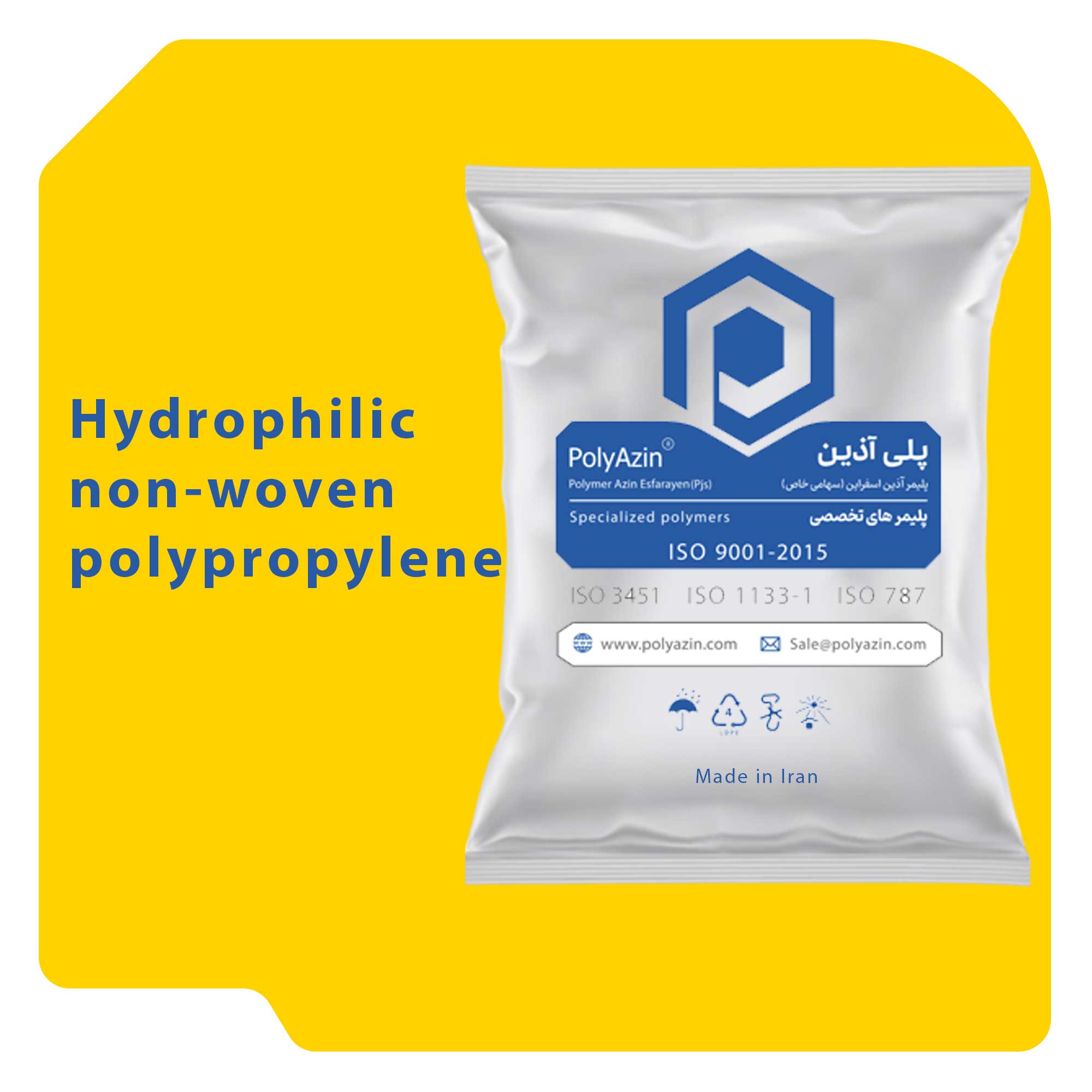
28
Jun

